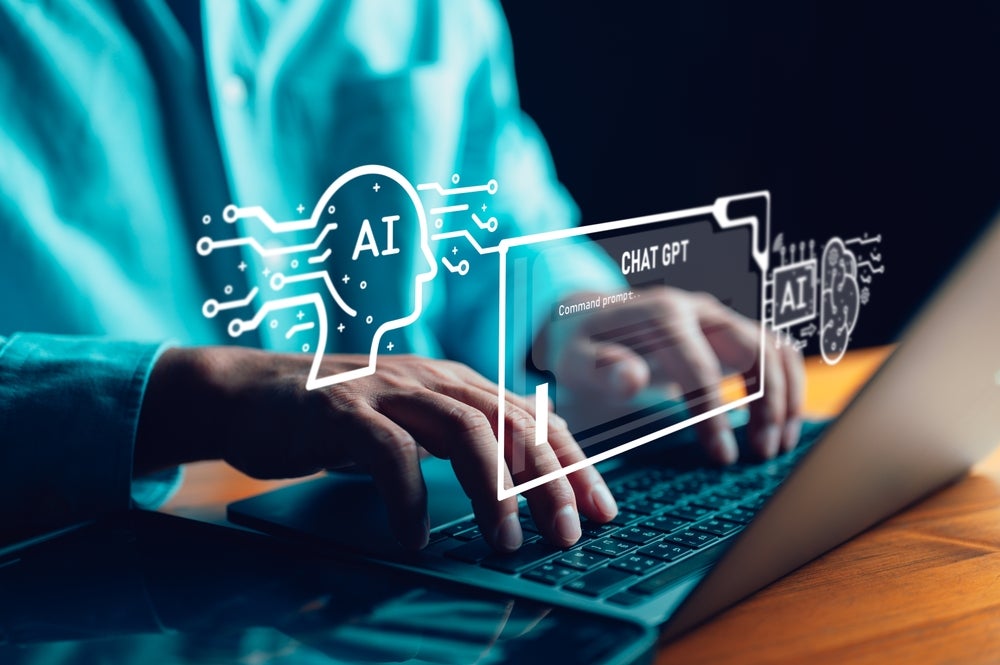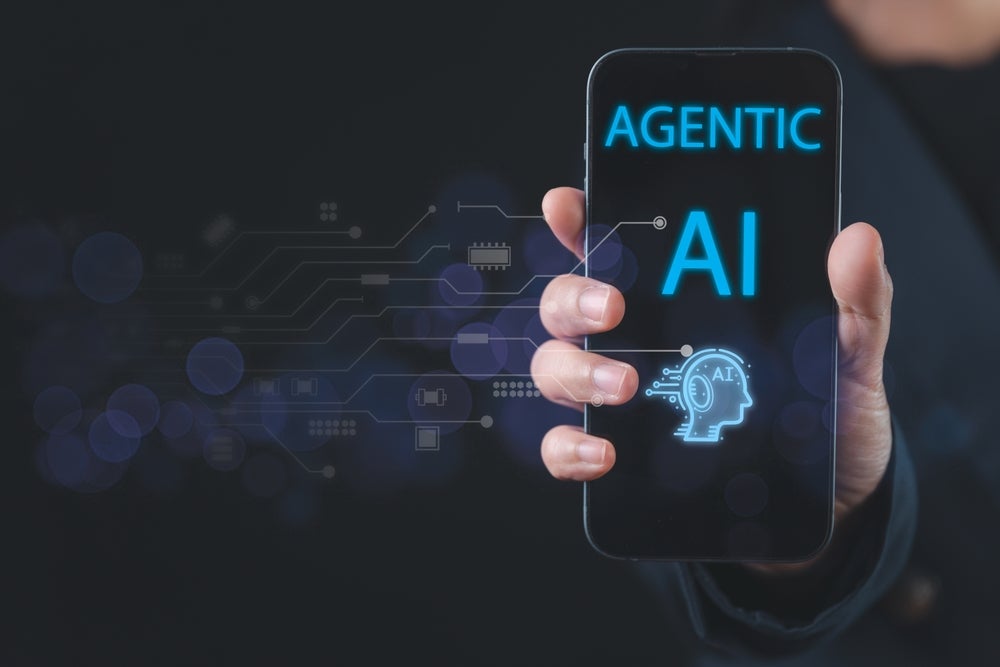
The Internet of Things (IoT) market is set to reach $1.7trn with artificial intelligence (AI) as a catalyst, but there still remain three significant roadblocks for broader adoption, according to a new report.
GlobalData’s Internet of Things report explores key technological, macroeconomic and regulatory trends relating to the IoT. A key takeaway from it is the identification of three prerequisites for institutional adoption, as well as how the rise of AI is catalysing the growth of the industry.

Access deeper industry intelligence
Experience unmatched clarity with a single platform that combines unique data, AI, and human expertise.
Commenting on the effect of AI integration into the IoT, Global Data’s Thematic Research Director Josep Bori explained: “AI adoption is giving a new lease of life to IoT adoption, as AI-powered automation requires lots of real-time data provided by IoT sensors to feed those machine learning algorithms.”
The emergence of generative AI has given rise to more use cases at the intersection of the IoT and AI, especially in the realm of wearable tech. The Artificial Intelligence of Things (AIoT) allows for real-time intelligence and increased privacy. Smart security cameras for, example, can use the technology to identify who is at the door.
The three features that the report highlights the IoT industry is lacking are global communication standards, global security standards and real-time intelligence.
Despite this, A recent GlobalData poll found that the IoT is viewed as a very promising technology. As part of the Thematic Intelligence: Tech Sentiment Polls Q3 2023 survey, 71% of 368 respondents across GlobalData’s network of B2B websites said they viewed the IoT as hyped but with a use or likely to live up to all of its promise.

US Tariffs are shifting - will you react or anticipate?
Don’t let policy changes catch you off guard. Stay proactive with real-time data and expert analysis.
By GlobalDataGlobal IoT communications standards
A lack of global IoT communications standards is flagged as a significant roadblock to wider adoption. The report highlights that the industry is amid a battle for domination of the communications protocol that will consist of a single interconnected standard and common language.
Currently, Bori explained: “There is no single standards body coordinating this, largely because this is a large market opportunity and therefore commercial interests can get on the way.
“We believe the Industrial Internet Consortium (IIC), which has been working on IoT standards since 2014, is the leading standards body for the industrial Internet. Certainly, big names are among its founding members, such as Intel, Cisco, AT&T, GE, and IBM. It has a broad membership of over 250 firms, including Microsoft, Samsung Electronics, Infosys, SAP, Kuka, and Dell.”
“But there are many other standards bodies, such as the IoT World Alliance, which has a more telco focus, or the Open Connectivity Foundation, which focuses on device interoperability and certification.”
Global IoT security standards
The report identifies a lack of security regulations, security hardware features and data privacy as hurdles for both the consumer and enterprise adoption of IoT.
“Fears around data privacy are widespread. Individuals may be concerned about the hacking of security cameras or other smart devices in their own homes,” said Bori.
“At the same time, businesses fear the impact of malicious attacks that can steal sensitive data or disrupt critical operations. And IoT devices, which are connected to corporate networks, often become the weakest link through which those attacks take place.”
“The main challenge is that many devices have weak or no security controls. Under fierce commercial pressures and also the need to keep the price points low to ensure there is a business case to deploying an IoT solution, IoT device manufacturers often prioritize performance and price factors over device security.”
IoT real-time intelligence
For full automation, it is argued that the IoT needs real-time intelligence made possible via AIoT and edge computing.
Due to most IoT devices not having sufficient computing power to analyse the data they are generating and collecting, edge-computing could be one solution to this could overcome high latency and make real-time intelligence possible.
Bori explained: “One solution is to have the data generated by a dumb IoT device sent to a cloud datacentre for analysis and provide those real-time analytics supporting automation decisions from there. However, these data centres tend to be remotely located.
“The further the distance between the IoT device and the data centre, the higher the latency (i.e. the time delay in sending and receiving a data instruction). The latency can be 0.82ms for every 100mi (161km) the data travels. Since real-time decision-making requires extremely low latency, locating the data centre closer to the IoT device at the edge of the network can help.”






